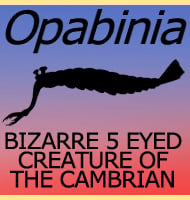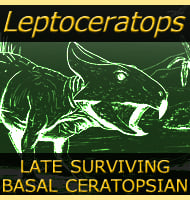In Depth
Tetrapodophis is an interesting snake to say the least since it was the first snake genus known to still have all four legs to be named. For the most part these legs are on the border of being vestigial, yet still defined and functional enough to serve a gripping purpose. Tetrapodophis is also noted for having short neural spines, which may be an indication of an adaptation for burrowing. Altogether, Tetrapodophis has about one hundred and fifty vertebrae, which also shows that Tetrapodophis had evolved to kill prey animals by constricting.
Further Reading
- A four-legged snake from the Early Cretaceous of Gondwana. - Science 349:416-419. - D. M. Martill, H. Tischlinger & N. R. Longrich - 2015. – Aquatic adaptations in the four limbs of the snake-like reptile Tetrapodophis from the Lower Cretaceous of Brazil. – Cretaceous Research. 66: 194–199. – Michael S.Y. Lee, Alessandro Palci, Marc E.H. Jones, Michael W. Caldwell, James D.Holmes & Robert R.Reisz – 2016. – Tetrapodophis amplectus (Crato Formation, Lower Cretaceous, Brazil) is not a snake. – Society of Vertebrate Paleontology 76th Annual Meeting Program & Abstracts: 108. – Michael W. Caldwell, Robert R. Reisz, Randall L. Nydam, Alessandro Palci & Tiago R. Sim�es – 2016.









